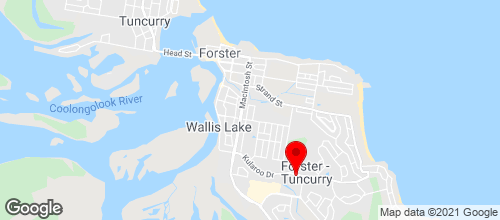Brachycephalic Airway Syndrome in Dogs and Cats
Brachycephalic airway syndrome is defined as partial blockage of airflow through the upper respiratory tract, which consists of the area from the nostrils to the throat. It is seen more frequently in animals with typical brachycephalic (‘pug-nosed’) conformation consisting of a flat face, round head, and thick, short neck.
Brachycephalic airway syndrome typically occurs in specific breeds of dogs (such as the bulldog, pug, and boxer) and cats (such as the Persian and Himalayan).
What causes brachycephalic airway syndrome?
Brachycephalic airway syndrome is caused by compressed or narrowed air passages, which are typical of dogs or cats with brachycephalic conformation. In addition, diseases of the respiratory system, environmental factors (such as stress, exercise, or extreme temperatures), and some types of systemic disease can intensify the signs associated with brachycephalic airway syndrome.
What are the signs of brachycephalic airway syndrome?
The signs of brachycephalic airway syndrome include noisy or open-mouth breathing, snoring, panting, exercise intolerance, vomiting, and difficulty eating. An exaggerated movement of the animal’s abdomen during respiration is seen commonly in more severely affected animals.
The tissues lining the upper respiratory tract also may be damaged or inflamed because of the large amount of force that is generated when the animal breathes. The muscles involved in respiration can be abnormally large because of the increased effort required for the process of breathing.
How is brachycephalic airway syndrome diagnosed?
Brachycephalic airway syndrome is diagnosed by medical history and physical examination in a brachycephalic breed. It is diagnosed by observing the characteristic brachycephalic conformation and detecting a partial obstruction or blockage in airflow along the upper respiratory tract. A laryngoscope (an instrument used to look into the throat and windpipe) may be used to identify an obstruction that is not detected easily on physical examination. Mild sedation of the animal to facilitate examination of the throat area may be needed to identify problems in the soft palate or throat (pharynx). Radiographs (X-rays) may be necessary.
How is brachycephalic airway syndrome treated?
The goal in the treatment of brachycephalic airway syndrome is to make it easier for the animal to breathe. Some treatment options include exercise restriction (especially when it is hot), obesity prevention, and elimination of stress. Surgery may be required for animals suffering from severe respiratory distress.
Most animals are able to compensate with appropriate treatment and management. However, the long-term prognosis can become poor over time because the signs of this disease worsen as the animal ages.
Contributors: Dr Julia Adams BVsc
